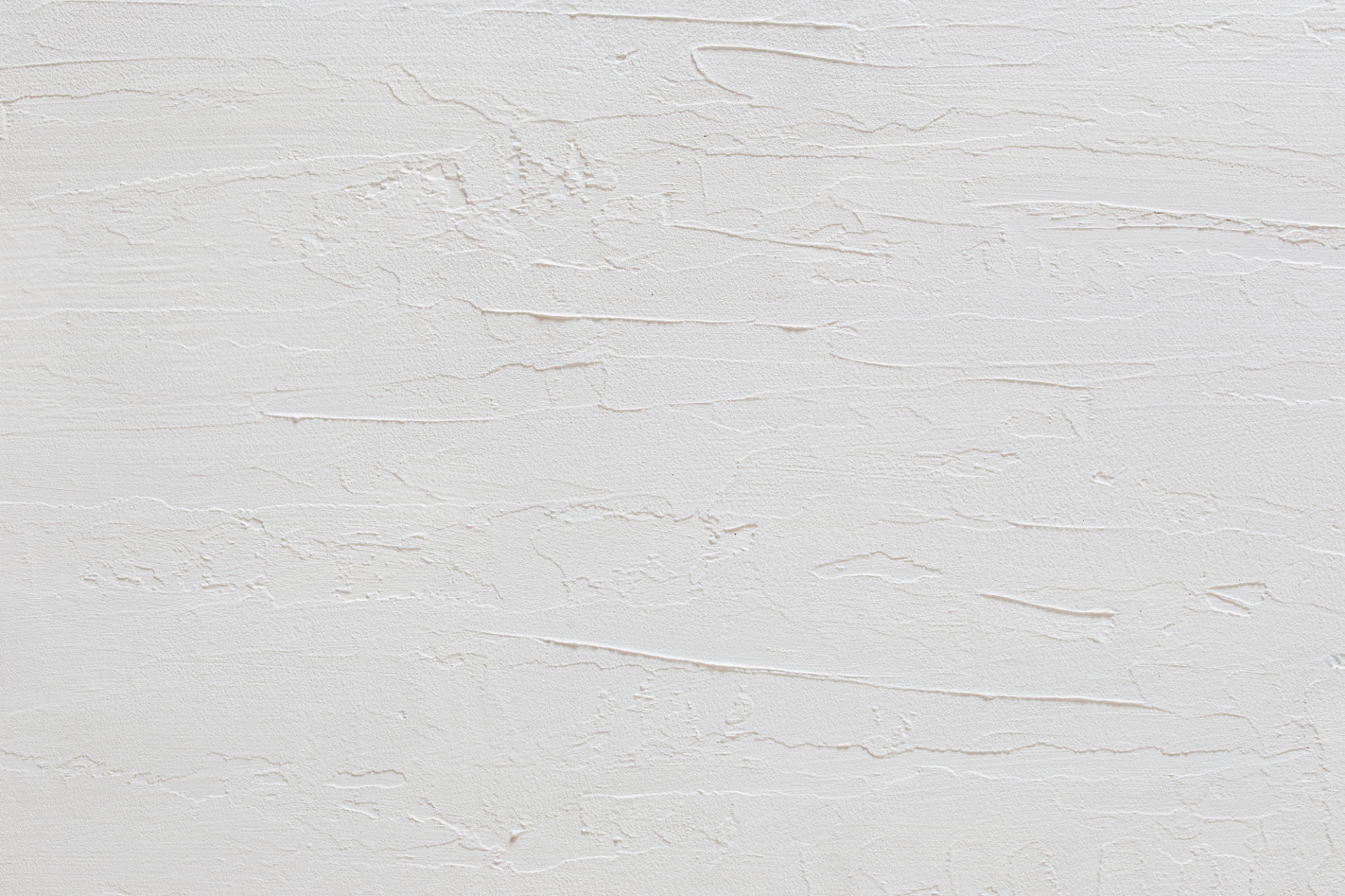DIY Drywall Patching Tips for Phoenix Homeowners
Understanding Drywall Basics
Drywall, sometimes called gypsum board, is a common material used in constructing interior walls and ceilings. It's favored for its smooth finish and ease of installation. However, because it's relatively soft, it can suffer from dents, holes, and other types of damage. If you're a Phoenix homeowner looking to tackle these issues yourself, understanding the basics of drywall is the first step.

Gathering the Right Tools and Materials
Before you begin your drywall patching project, ensure you have all the necessary tools and materials. Here's a list to get you started:
- Drywall compound (also known as joint compound or mud)
- Drywall tape
- Putty knife
- Sandpaper or sanding sponge
- Drywall saw or utility knife
- Paint and primer to match your wall
Having these items on hand will make the process smoother and more efficient.
Preparing the Damaged Area
Before applying any compound, it's crucial to prepare the damaged area properly. Start by cleaning the area with a damp cloth to remove any dust or debris that may interfere with the adhesion of the compound. If there are loose pieces of drywall, cut them away using a utility knife for a clean edge.

For larger holes, consider cutting out a square around the damage and replacing it with a new piece of drywall. This will provide a more stable surface for patching.
Patching the Drywall
Once the area is prepped, it's time to patch. For small holes and dents, apply a layer of drywall compound using a putty knife. Smooth it out until it's even with the surrounding wall. For larger holes, you'll need to use drywall tape over the seams before applying compound.
Apply multiple thin layers of compound, allowing each layer to dry completely before applying the next. This prevents cracking and ensures a smooth finish.

Sanding and Finishing Touches
After the final coat of compound has dried, sanding is necessary to achieve a seamless look. Use sandpaper or a sanding sponge to smooth out any uneven areas. Be sure to wear a mask during this step as drywall dust can be harmful if inhaled.
Once sanded, wipe away any dust with a damp cloth. Apply primer to the patched area before painting to ensure an even color match with the rest of your wall.
Choosing Paint and Primer
Selecting the right paint and primer is crucial for a professional-looking finish. Use a primer designed for drywall to seal the patched area properly. When choosing paint, try to match the existing wall color as closely as possible for a seamless appearance.

Maintaining Your Drywall
Regular maintenance can prolong the life of your drywall and keep it looking fresh. Avoid hanging heavy objects without proper anchors, and be mindful of furniture placement to prevent dents and scratches.
If you notice any new damage, address it promptly using these DIY techniques to maintain your home's aesthetic appeal.
When to Call a Professional
While DIY patching is feasible for minor repairs, some situations might require professional intervention. If you're dealing with extensive damage or structural issues, it's best to consult with a professional contractor to ensure safety and quality work.
By following these tips, Phoenix homeowners can confidently tackle drywall patching projects, saving time and money while maintaining their homes beautifully.